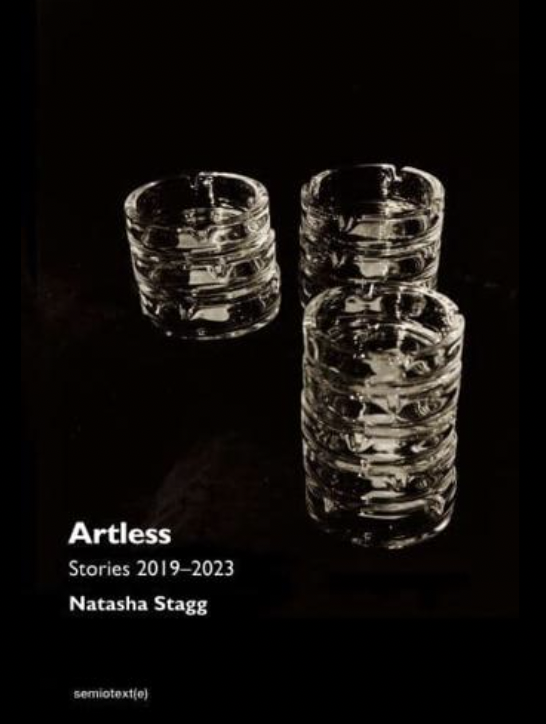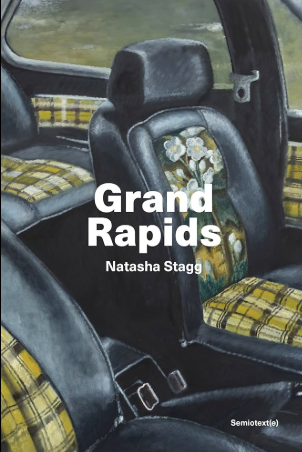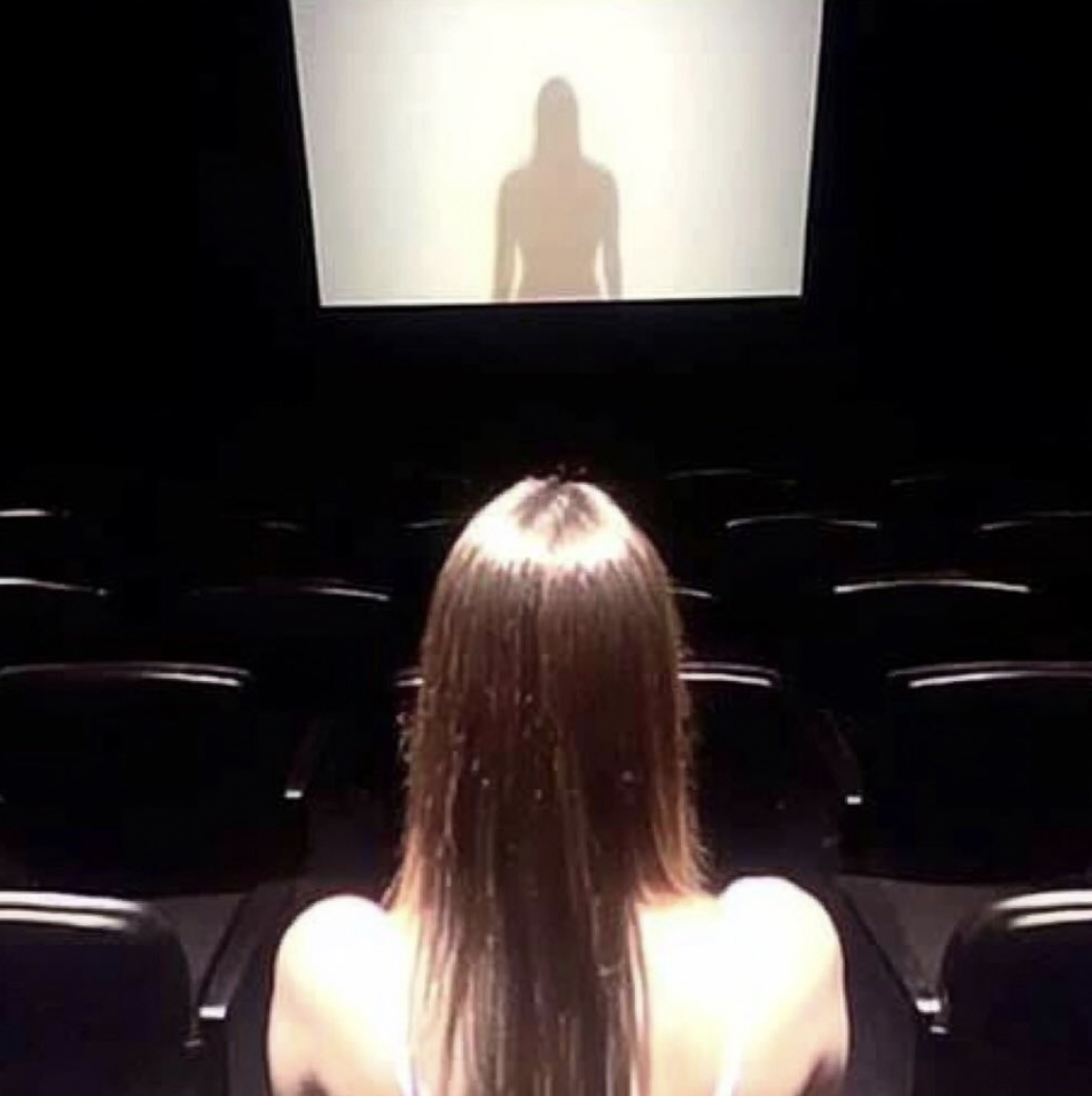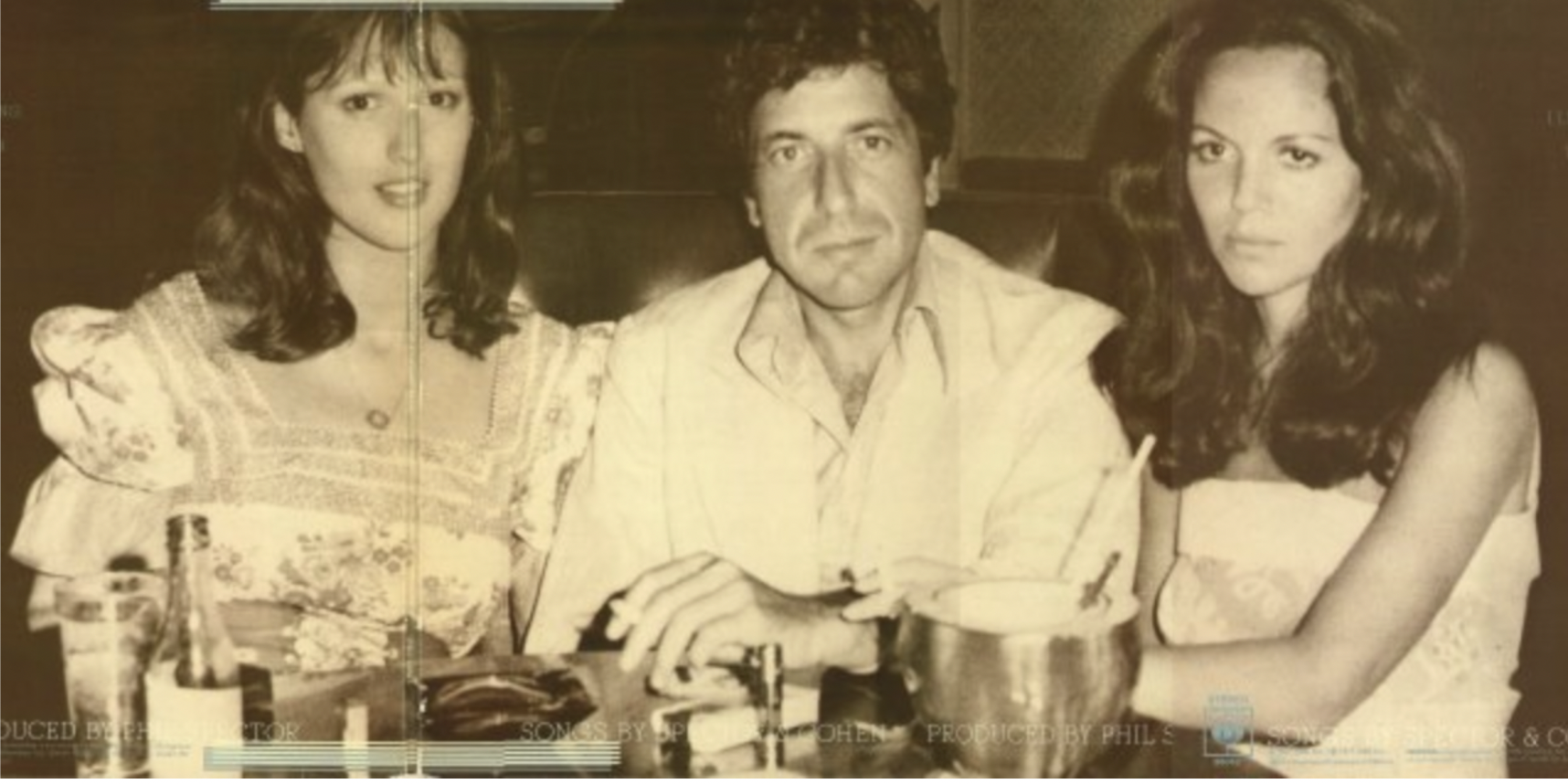Artist Take / 2 June 2025 / By: Sydney Sweeney
"Fashion, Image, Media, New York (2011-2019)" Artless and Grand Rapids
Natasha Stagg
Can fiction ever be art criticism? How did the merger between the art world and advertising occur? Where is the reward in critical distance?
Natasha Stagg admires art, but would not call herself an art critic. Her book, Artless (Stories 2019-2023) documents the fashion, art and nightlife scenes of New York city. A follow up to Sleeveless (2011-2019), Artless comprises dispatches from NYC’s artistic “scene”- with essays featured in Spike, Artforum, Buffalo Zine and Gagosian Quarterly. Always self-effacing, the author pleads with us not to take things too seriously by describing her new book as “What I think sometimes, some days, about some things”.
You could mistake Stagg’s writing for autofiction (with titles like “Is Anyone Listening to Me? I Love It” and “Social Suicide”) but the star of Artless is Stagg’s foray into pithy, non-autobiographical shorts. Her upcoming fiction work, Grand Rapids, tells the tale of fifteen year-old Tess and her titular Michigan hometown. Published in September through Semiotext(e), its cover features one of Issy Wood’s painted Fiat interiors. Wood’s work is an apt choice - her painted veneration of stagnant objects reflects Stagg’s writing, which transforms Grand Rapids into a collection of architecture and emblems.
Here, Stagg speaks with Hollywood Superstar editor Sydney Sweeney about the moral grey area of her profession, the mythical creature that is the objective art critic and her high school reunion in Michigan.


Sydney Sweeney
Tell us about the title Artless? We know, and love, Sleeveless. Each of your collection titles feels super specific.
Natasha Stagg
My editor Chris Kraus suggested adding date range as as a way of establishing it as a series of essays born from a certain time. The name ‘Sleeveless’ is fairly enigmatic. You don’t necessarily know what you’re going to get from its title, so you add a subtitle : ‘Fashion, Image, Media, New York 2011-2019’ and people know it’s a book of essays. Artless is a word often used to describe prose, as in ungainly, naive, imprecise. While I like art, I'm not an expert. A lot of the stories were assignments or press releases, but I call them “stories” because that’s what they all are, even if they were also musings, or reviews, or diaries.
SS
One of my favorite chapters in Sleeveless talks about the microtrend and the micro influencer. Do you think we have micro trends in contemporary art right now?
NS
The NYC scene, which is the only one I would know right now, does feel increasingly niche.It does feel a little bit oversaturated with micro- influencers - that thing of everybody knowing everybody. Is there such a thing as there being too many, or not enough, personalities?
SS
There’s a photo of Charli XCX wearing a t-shirt with - “They don’t build statues of critics” on it. Where is the reward in having critical distance?
NS
I respect critics more than I respect my own profession, probably. I think I'm trying to be as honest as possible about my involvement in the scene, in my writing. Almost all critics have some kind of involvement with what they write on, but serious critics get basically nothing from it, not even good pay, and they work because they are just passionate about unbiased commentary needing to exist. The art world is so circle jerky, and corrupt, and objective critics are so rare at this point, maybe there should be statues of them.
SS
Art speak can be incredibly alienating, it’s a way of excluding certain people from the art world.
NS
I am interested in the way that art can work its way into fashion or marketing - there is a lot of cross pollination. People get tired of the same words, so you have to find synonyms. Sometimes these come from slang, or memes or whatever, but people can see through the application of viral language to marketing really quickly - it’s so painfully obvious when advertising adapts the language of the internet.
SS
A lot of Artless is fiction, moving away from the cultural critique towards a short story format that recalls Mary Gaitskill.
NS
I have always been happier writing fiction. It provides a kind of freedom. In non-fiction you are making a claim, even when you state clearly you’re not an authority on whatever the subject is. In the introduction to Artless I tell the reader not to listen to any of these claims. My favourite story is maybe the one I wrote as a press release for the artist Alex Carver. He did a show of paintings that used a process of layering prints with an intricate stamping process. His research ended up inspiring ‘Transplant’, which follows a family whose patriarch has a transplanted heart.
SS
The combination of fictional writing and the display of art has formed a new kind of art criticism, maybe without the critical element. I think it’s exciting.
NS
I am so inundated with cultural criticism at this point, writing more of it can feel like throwing fuel onto a fire. Or pointless. My goal has always been to focus on language, so that it is the writing that moves, rather than the content. And anyway, there is no such thing as fiction and non-fiction, really. Nothing can be proven to be either or the other. There's also no such thing as critical distance. Whatever lines exist, they can always be blurred.
SS
Do you see yourself as a writer more than, let's say, an art or scene critic? Or are you a mixture of both, like Cookie Mueller, who wrote Walking Through Clear Water in a Pool Painted Black?
NS
I always go back to Elizabeth Hardwick, who wrote so much criticism and commentary, but also one of the best novels, Sleepless Nights, when she was 63. I feel really good about having written four books. It means I am actually a writer. My first book could have been a one-off; I wrote it in grad school. The second and third were collections of shorter pieces I’d mostly already written as assignments. So it feels good that I’m publishing another novel, even if it’s ten years after the first one.
SS
It feels as if the time period in which Artless is set, the years of Covid, fuelled the transition in your writing practice from cultural critiques to fictional storytelling.
NS
I think you’re right. Covid was an online overload. Many of us experienced a collective media fatigue. To pivot after this time is only natural - there was so much reflection on reality, maybe too much, and life became miserable. Everyone was looking for a way to escape; fiction writing feels like an extension of that desire.
SS
How long have you been working on Grand Rapids?
NS
It’s hard to say. I started it right after publishing my last novel, Surveys, in 2016, but I didn’t do anything with it for a long time and then came back to it recently. I’m sure a lot of people have had this feeling - of coming back to something and recognising any of the words. I feel that way with my Substack, even. I will often re-read something I’ve published to make sure I’m not repeating myself, but it will feel foreign even two days later. It’s all a balancing act. You want to write away from what you have already written, but you don’t want to think so much about it that it inhibits your natural flow.
SS
Natural flow is kind of my worst enemy. I wait until it reaches me to start a piece. Can you tell me a bit about the plot of Grand Rapids?
NS
It’s a kind of coming-of-age story set in the city where I lived during high school. When I finished writing Grand Rapids, I actually went back to Grand Rapids for my high school reunion. It felt like I was doing reconnaissance for the book. When you grow up somewhere, things feel differently sized when you go back. The city felt bigger, not smaller, than I remembered. It has grown, but that wasn’t it. The buildings downtown felt bigger.
SS
I know it’s fiction, but, did you tap into your own autobiography?
NS
Of course. That’s always the easy in for me. I wanted to start with something I had a lot of emotional knowledge of. My high school days were my own and still are, but I was interested in whether revisiting that time and place could get me to a character arc, something more universal. I love talking to people who are younger or older than me who find something to relate to in my writing. It’s cool to know that my stories are not necessarily tethered to a generation. You always hear that millennials are so different from zoomers or whoever else, but I have had an opportunity to see what is similar between us, the opportunity being that I can publish stories and know from the response that non-millennials read them, too.
SS
I mean, it’s the mark of a good writer if your work unconsciously speaks to a group of people, even if that wasn’t the intention.
NS
Definitely. I have a lot of trouble with a specific type of Gen X writer I used to like more when they lately take a defensive stance on their generation. It’s different for each generation but, I don’t think you see the signs until it’s too late.
Grand Rapids is published by Semiotexte. Available to pre order now


















